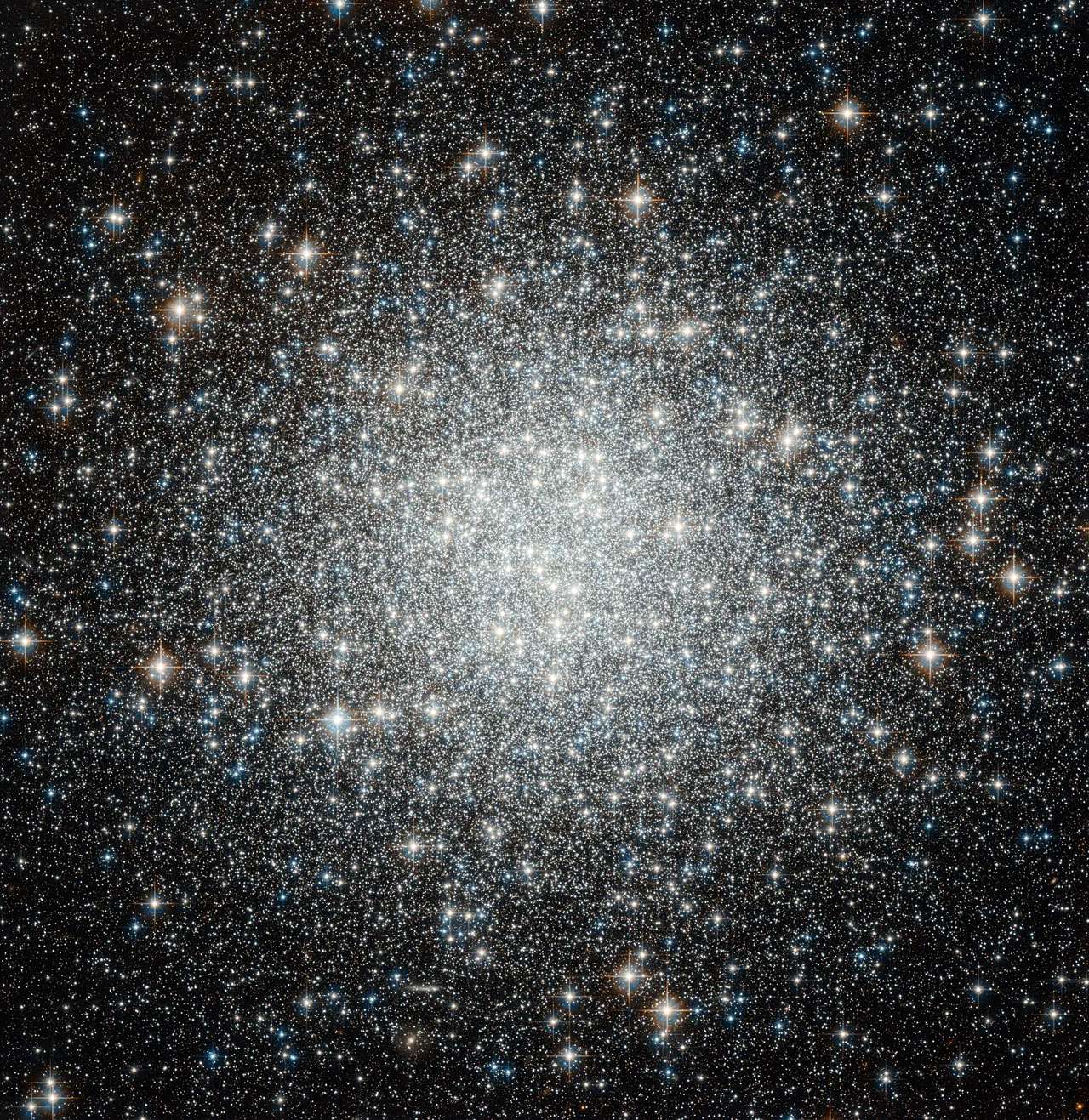M53 | NGC 5024 | Globular Cluster | Coma Berenices | 59,700 Light Years Away
Messier 53 is a globular star cluster located in the constellation Coma Berenices, first cataloged by the French astronomer Charles Messier in 1775. Positioned around 58,000 light-years away from Earth, this celestial assembly is part of the Milky Way galaxy. Messier 53 is one of the more distant globular clusters within our galaxy and is easily visible with binoculars or small telescopes.
Comprising hundreds of thousands of stars, Messier 53 is characterized by its dense and spherical arrangement, with stars packed closely together due to the gravitational attraction within the cluster. The stars within this globular cluster are quite old, with an estimated age of around 12 billion years, making Messier 53 one of the oldest known globular clusters. The sheer number of stars within globular clusters like Messier 53 makes them intriguing objects for astronomers studying the dynamics and evolution of stellar systems.
Observations of Messier 53 contribute to our understanding of globular clusters, offering insights into the formation and evolution of stars in dense, ancient stellar communities. The study of such stellar groupings helps astronomers unravel the complexities of galactic structure and provides valuable information about the age and composition of the Milky Way. Messier 53, with its ancient stellar population and distinctive appearance, adds to the ongoing exploration of globular clusters within the vast cosmic landscape.

